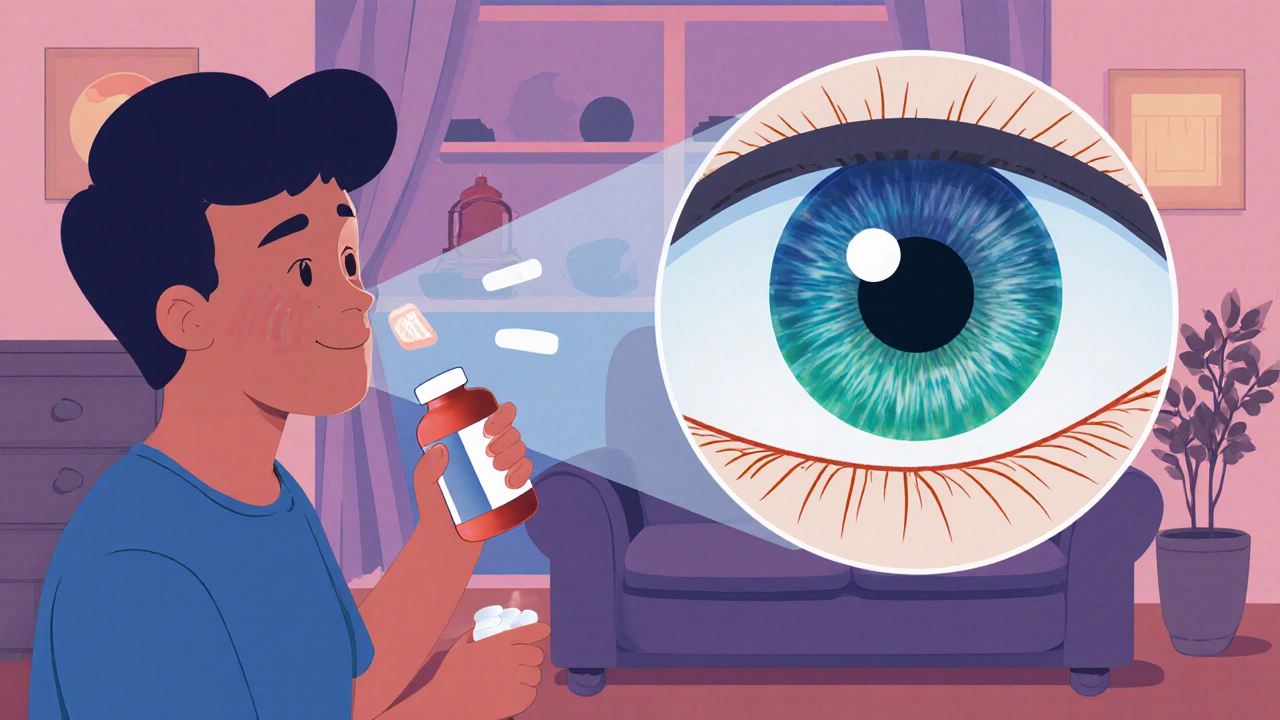Narrow-Angle Glaucoma: What You Need to Know
When talking about narrow-angle glaucoma, it helps to start with a clear definition. It is a type of glaucoma where the drainage angle of the eye becomes too tight, blocking the flow of aqueous humor and causing a sudden rise in intraocular pressure, the fluid pressure inside the eye that maintains its shape. Also called primary angle‑closure glaucoma, the acute form that can lead to rapid vision loss if untreated, it differs from the more common open‑angle version because the angle itself is physically narrowed. A closely related condition is ocular hypertension, elevated eye pressure without detectable optic nerve damage, which can progress to narrow‑angle glaucoma when the angle structures shift. Understanding these entities is the first step toward spotting the problem early and choosing the right intervention.
Risk Factors, Signs, and The Role of Laser Iridotomy
People with a family history of glaucoma, Asian ancestry, or a naturally shallow anterior chamber are at higher risk of developing a narrow angle. Symptoms often appear as severe eye pain, halos around lights, blurry vision, and a sudden headache—classic signs of an acute attack. An eye exam that measures the angle width and checks the laser peripheral iridotomy, a laser-created hole in the iris that relieves pressure by improving fluid flow can prevent the emergency. The procedure is quick, usually painless, and has become the standard preventive measure. In practice, doctors use gonioscopy to assess the angle and may prescribe glaucoma medication, eye drops that lower intraocular pressure as a bridge before or after iridotomy.
Beyond the immediate treatment, long‑term management focuses on protecting the optic nerve from damage. Regular monitoring of intraocular pressure, visual field testing, and optic disc imaging help catch subtle changes before they become permanent. Lifestyle tweaks—like staying hydrated, avoiding medications that dilate the pupil, and managing systemic conditions such as diabetes—can also reduce attack frequency. When you combine early detection, laser iridotomy, and consistent follow‑up, the risk of vision loss drops dramatically. Below, you’ll find articles that dive deeper into dosage guides, drug interactions, and specific medication comparisons that are especially relevant for anyone coping with narrow‑angle glaucoma or its related conditions.
Antihistamines and Glaucoma: Risks of Common Allergy Meds for Eye Health
Learn why common antihistamines can trigger acute angle‑closure glaucoma, which drugs are safe, and how to protect your eyes while treating allergies.

